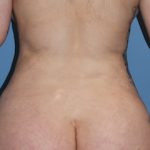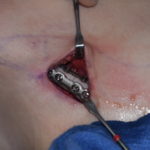Case Study – Semi-Custom Skull Implant for Occipital Plagiocephaly
Background: Occipital plagiocephaly is a well recognized skull shape deformity that is caused by deformational forces. Whether this is the result of intrauterine constraint, post delivery head positioning or both, the thin and malleable skull bones are prone to be inadvertently molded into a deformed shape. This classically appears as a flatness on one side Read More…


